neuesten Nachrichten
Produktkategorien
Heiße Produkte
-
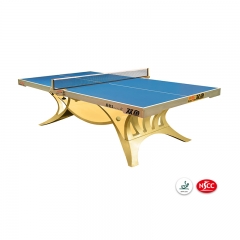
Premium Tischtennis Tisch für Meisterschaften Volant King
Diese Premium Tischtennisplatte für Meisterschaften geeignet. Genehmigt von ITTF und NSCC. Silber Unterwagen + Blaues Licht
Weiterlesen -
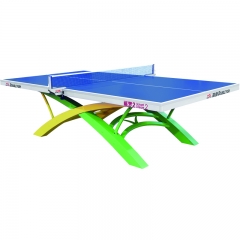
Offizieller Tischtennis Tisch für Turnier Volant Dream 2
Offizielle Tischtennisplatte Volant Dream 2 für internationale Wettbewerbe von Double Fish Sports entworfen.
Weiterlesen -
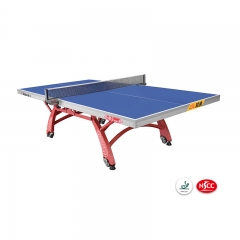
Offizielle Tischtennistisch für Wettkämpfe XIANGYU 328
Premium Double Foldable Portable Tischtennisplatte, Kompaktes Design Das neue Faltsystem minimiert das Verletzungsrisiko bei der Tischlagerung und beim Umzug. ITTF genehmigte Tischtennisplatte.
Weiterlesen -
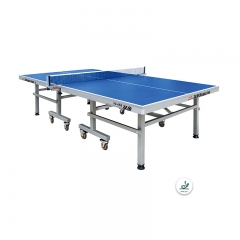
Offizieller langlebiger Tischtennistisch für World Tour 99-45B
ITTF genehmigte offiziellen dauerhaften Tischtennistisch für internationales Turnier. Dicke der Tischplatte: 25 mm TOURNAMENT QUALITÄT - Dieser professionelle Tisch ist für den höchsten Wettbewerb konzipiert. PERFEKT FÜR FAMILIEN - Bietet Premium-Spiel für jedes Alter. Kopf-an-Kopf gehen oder zusammenfalten für individuelle Übung. 2 Zoll schwere Stahlstützen halten den härtesten Herausforderungen stand. Ein großartiges Herzstück für Ihr Spielzimmer, Ihren Arbeitsplatz oder Ihr Fitnessstudio. EINFACHE MONTAGE - Starten Sie in wenigen Minuten mit einfacher Montage. Das hochwertige Netz ist mit einfach zu befestigenden Verschlussklammern ausgestattet.
Weiterlesen -

Beste Qualität Doppel Fisch V40 + Volant 3 Sterne Tischtennis Ball
Double Fish V40 + Volant 3 Sterne Tischtennis Ball bestätigt ITTF letzte T3 Technische Standards.
Weiterlesen -

Doppelte Fische QIJI Allround Tischtennis Klinge
Double Fish QIJI Allround Tischtennis Klinge, die die meistverkaufte Tischtennis Tischtennis Klinge, & nbsp; Perfekt für die traditionellen Allround-Spieler ist
Weiterlesen
Den Ursprüngen von Double Fish auf der Spur – die Entwicklung der Guangzhou Table Tennis Factory (Teil 1)
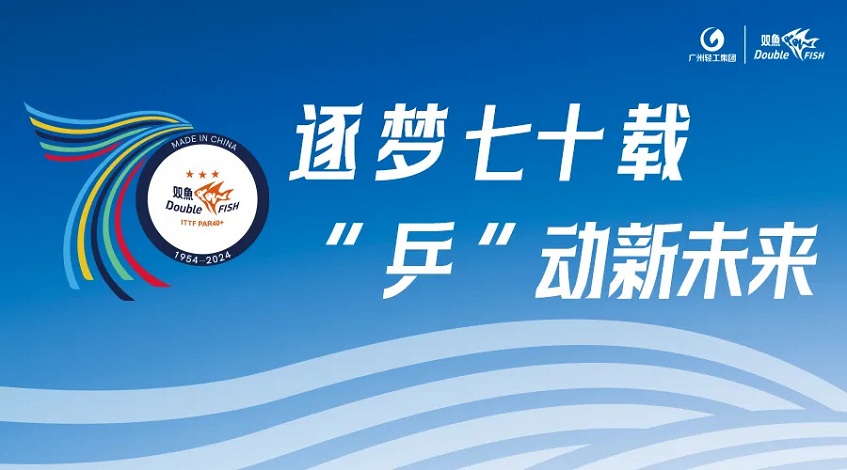
Seit der Gründung der Volksrepublik China hat Guangzhou durch die Umsetzung des Fünfjahresplans für die nationale wirtschaftliche und soziale Entwicklung den Prozess der sozialistischen Industrialisierung und Modernisierung kontinuierlich vorangetrieben. In dieser Zeit etablierte Guangzhou zunächst ein sozialistisches Wirtschaftssystem und legte damit den Grundstein für die umfassende Förderung des sozialistischen Aufbaus.
Im Herbst 1959 fand in einem verlassenen strohgedeckten Schuppen in Duntouji②, östlich von Guangzhou, eine wichtige Parteiausschusssitzung statt. Der Parteisekretär Liao Honglue übermittelte die Entscheidung des Bezirksausschusses, die Arbeit von mehr als 30 Fabriken der Lebensmittel-, Kultur- und Bildungsindustrie im Zentralbezirk③ einzustellen, um hier eine Produktionsbasis für chemische Rohstoffe aufzubauen. Bei der Sitzung berieten alle und gründeten eine neue Fabrik mit unabhängiger Buchhaltung, indem sie die von jeder Fabrik zurückgelassenen Baumaschinen und Arbeiter übernahmen. Bald stimmten die Vorgesetzten ihrem Vorschlag zu und gaben die strenge Anweisung: „Nur Erfolg ist erlaubt, Misserfolg ist nicht erlaubt.“ So entstand der Name „Chenggong Food Chemical Factory“.
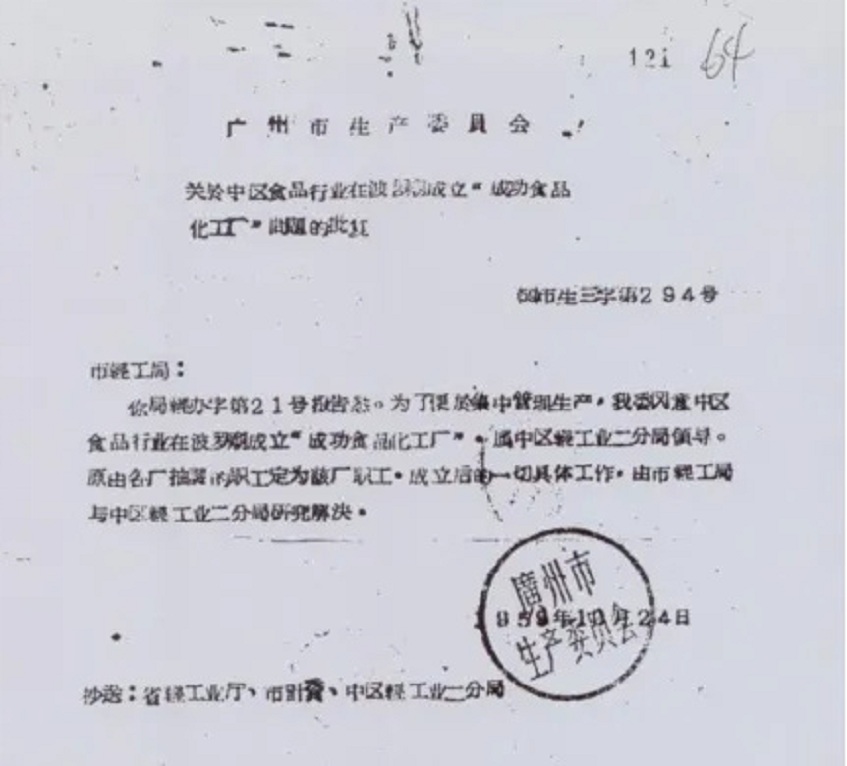
Antwort des Produktionsausschusses der Stadt Guangzhou zur Gründung der Chenggong Food Chemical Factory
Im März 1960 beschloss die neu gegründete Fabrik, an den neuen Standort des Polo-Tempels ④ am Nordufer ⑤ umzuziehen. Ein rauer und karger Hang, eine neue Fabrik mit einem dürftigen „Fundament“, war mit den Härten des „Himmel über dem Kopf und der Wildnis unter den Füßen“ konfrontiert. Kann die Fabrik unter diesen Umständen betrieben werden? Die Arbeiter sagten: „Menschen, die Fertiggerichte essen, werden weichknochig. Egal wie hart es ist, es ist nicht so hart, wie in einer Strohhütte zu leben und im Schlamm zu schlafen, als sie zum ersten Mal nach Duntouji kamen.
„①Der Inhalt dieses Artikels basiert hauptsächlich auf den historischen Daten der Chenggong Tischtennisfabrik und den Seiten 303-304 von Band 5 (Teil 1) der „Guangzhou City Chronicles“.
②Nach den Erinnerungen von Li Zhouchang, dem ehemaligen Fabrikdirektor der Guangzhou Chenggong Tischtennisfabrik in den 1980er Jahren, liegt Dongjiao Duntouji in der Nähe von Nangang im Bezirk Huangpu.
③Der Zentralbezirk wurde 1960 abgeschafft und der größte Teil des Zentralbezirks wurde dem heutigen Bezirk Yuexiu zugewiesen, und einige Gebiete wurden dem Bezirk Liwan und dem Bezirk Haizhu zugewiesen.
④Der Polo-Tempel, auch bekannt als Nanhai-Tempel und Osttempel, befindet sich im Dorf Miaotou, Bezirk Huangpu, Guangzhou. Er wurde im 14. Jahr von Kaihuang in der Sui-Dynastie (594) erbaut und hat eine Geschichte von mehr als 1.400 Jahre.
⑤ Da sich das Fabrikgelände in der Nähe der Mündung des Perlflusses befindet, wirkt sich die Zusammensetzung des umgebenden Meerwassers auf die Produktion chemischer Rohstoffe aus, sodass beschlossen wurde, die Fabrik an einen geeigneteren Standort zu verlegen.
There are ways to deal with poverty. If there is no house, build it yourself!" So, they transported all the building materials from Duntouji - whether it was a straw shed, bricks and tiles, or a stove, or even a newly planted peach tree - across the river without omission, and started to build a new factory on this barren land. On this barren hillside, cadres, workers, and hundreds of heroes were engaged in base construction. Those who burned lime, carried sand and water, moved bricks to build walls, and nailed metal frames... During the day, it was steaming; at night, it was bustling. Everyone was united, and the soil turned into gold, and the factory buildings and dormitories were built.
Although the factory building was built, it still faced many challenges. But the workers were not afraid of difficulties and began to use local methods to produce chemical products to meet the urgent needs of industrial production at that time. They set about producing basic chemical raw materials such as hydrochloric acid, pure sulfur, ethanol, monomer flavors, barium sulfide and hydrosulfuric acid, and supplied them to many factories including the Asia Soda Factory to support the development of Guangzhou's industry.
At this time, the table tennis sport in New China had gradually developed, constantly pushing the domestic table tennis sport to a new peak.
In 1959, the world was shaken by a Chinese athlete. On April 5 of that year, the 25th World Table Tennis Championships was held in Dortmund, the former West Germany. The 21-year-old table tennis player Rong Guotuan defeated many world players in succession, and finally faced the Hungarian veteran Sido who had won the world championship nine times. Rong Guotuan played steadily after losing the first game, and finally won three games in a row, winning the men's singles world championship for China. This is the first world championship since the founding of New China.
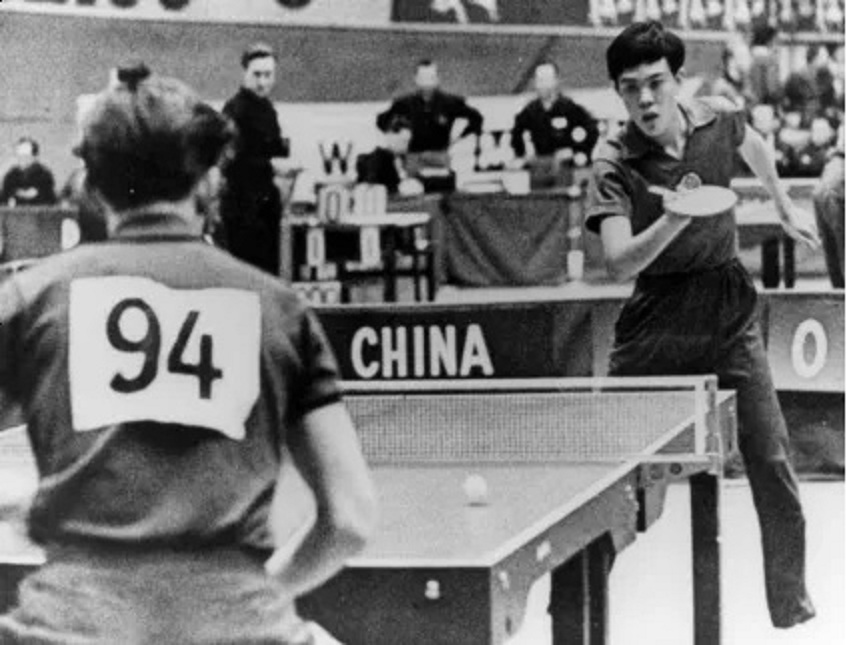
The 25th World Table Tennis Championships, Rong Guotuan is in full swing
Almost at the same time as Rong Guotuan won the championship, the International Table Tennis Federation agreed to host the 26th World Table Tennis Championships in Beijing. After the news came out, people rushed to tell each other, and all parties showed concern and support. Welcoming the "26th" and playing well in the "26th" has become a major event across the country. As a result, the table tennis craze swept across China, and the demand for table tennis equipment increased day by day.
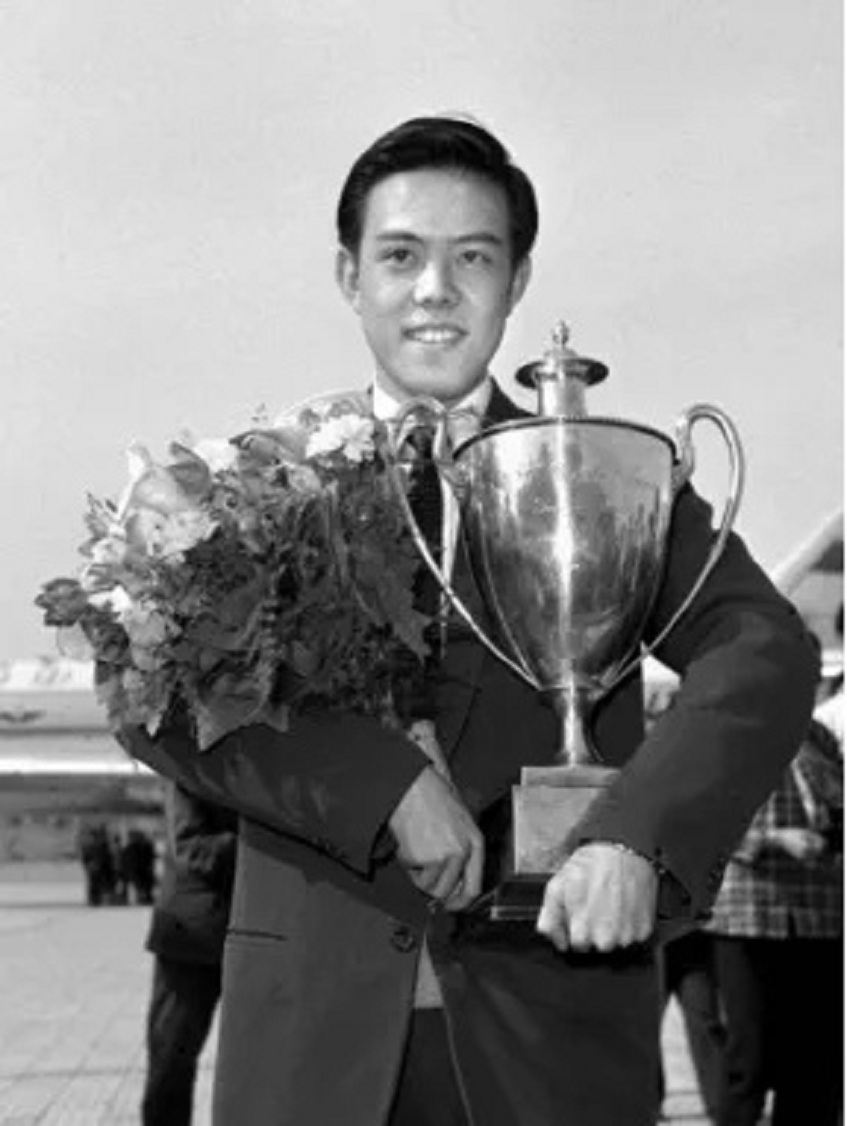
China's first world champion Rong Guotuan
In 1960, in response to Chairman Mao's call for "developing sports and strengthening the people's physique" and to meet the people's need for table tennis when developing sports, in September of that year, the superiors decided that the future product task of Chenggong Factory would be to produce table tennis. The factory name was changed to Chenggong Table Tennis Factory, and it was decided to integrate a table tennis trial production team of Guangzhou Guoqun Musical Instrument Factory ⑥ into it. Unexpectedly, this production conversion decision determined the fate of the birth of the first professional table tennis factory in Guangzhou, and even had a profound impact on the development of Chinese table tennis equipment!

The appearance of the factory near the Polo Temple in the last century
When the Chenggong Table Tennis Factory received the task of switching to the production of table tennis balls, it faced many difficulties: first, it had no technology to produce table tennis balls; second, it had no machinery and equipment, only a few simple tools such as vises, hand drills, and broken bellows; third, it had no industrial water, only a drinking well; fourth, it had no suitable factory buildings, only four borrowed earthen houses for temporary residence. All the employees of the factory carried forward the spirit of "self-reliance and hard work", relying on simple tools to make parts and equipment; dig channels and build pools to draw mountain water, and use cars to draw river water during droughts; build earth stoves, borrow large pots, and use boiling water to "cook" table tennis balls⑦
"⑥According to the "Guangzhou City Annals", in the early 1950s, Guangzhou Guoqun Musical Instrument Factory once produced toy table tennis balls, with a monthly output of about 50,000.
⑦The original table tennis ball process: First, the 0.55 mm thick raw material is cut into discs through a punching process. Then, these discs are heated in hot water to soften, and then placed in a pressing mold and pressed into two hemispherical shapes with edges. After the initial forming is completed, the edge rings of the two hemispheres are cut off to ensure the neatness and uniformity of the edges. Subsequently, the two hemispheres with the edge rings removed are precisely bonded by using a special solvent, and the bonded spheres are soaked in warm water for maintenance. Finally, Put the bonded sphere into the mold and heat it in a medium with a temperature higher than 100 degrees (such as water or wax solution) to eliminate the bonding seams and ensure the overall strength and shape of the sphere. The process of "boiling" ping-pong balls refers to the last step, which is to heat it in a medium with a temperature higher than 100 degrees (such as water or wax solution) to eliminate the bonding seams. "
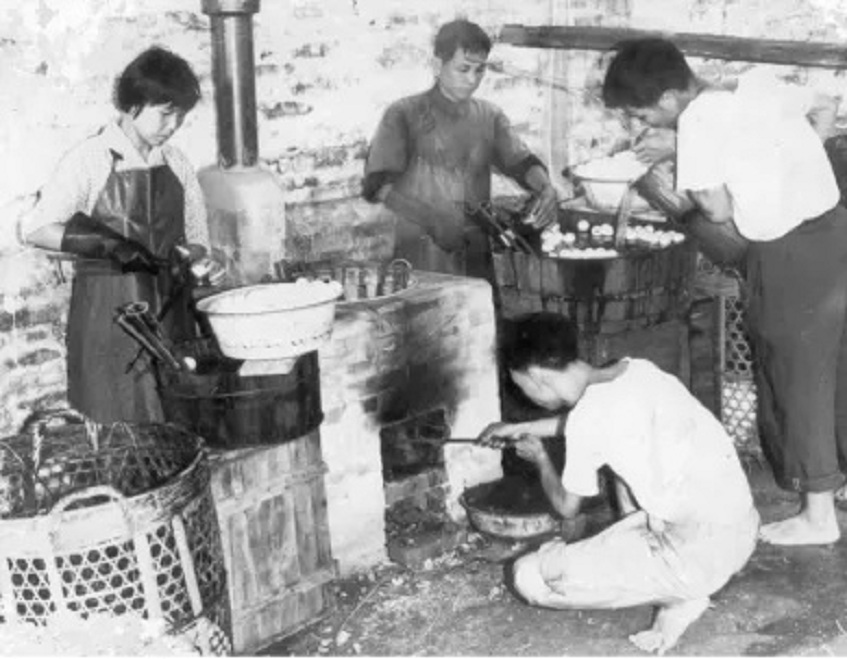
Early ping-pong ball production
Obwohl es damals weder ein Markenzeichen noch klare Qualitätsstandards gab, verkörperte diese Charge Tischtennisbälle die zahllosen Anstrengungen und den Schweiß der älteren Generation der Double Fish-Leute, erstrahlte im ideologischen Licht von „Eigenständigkeit und harter Arbeit“ und war schließlich erfolgreich!























 Overseas business:(020)8431 9554
Overseas business:(020)8431 9554
 13829778212
13829778212